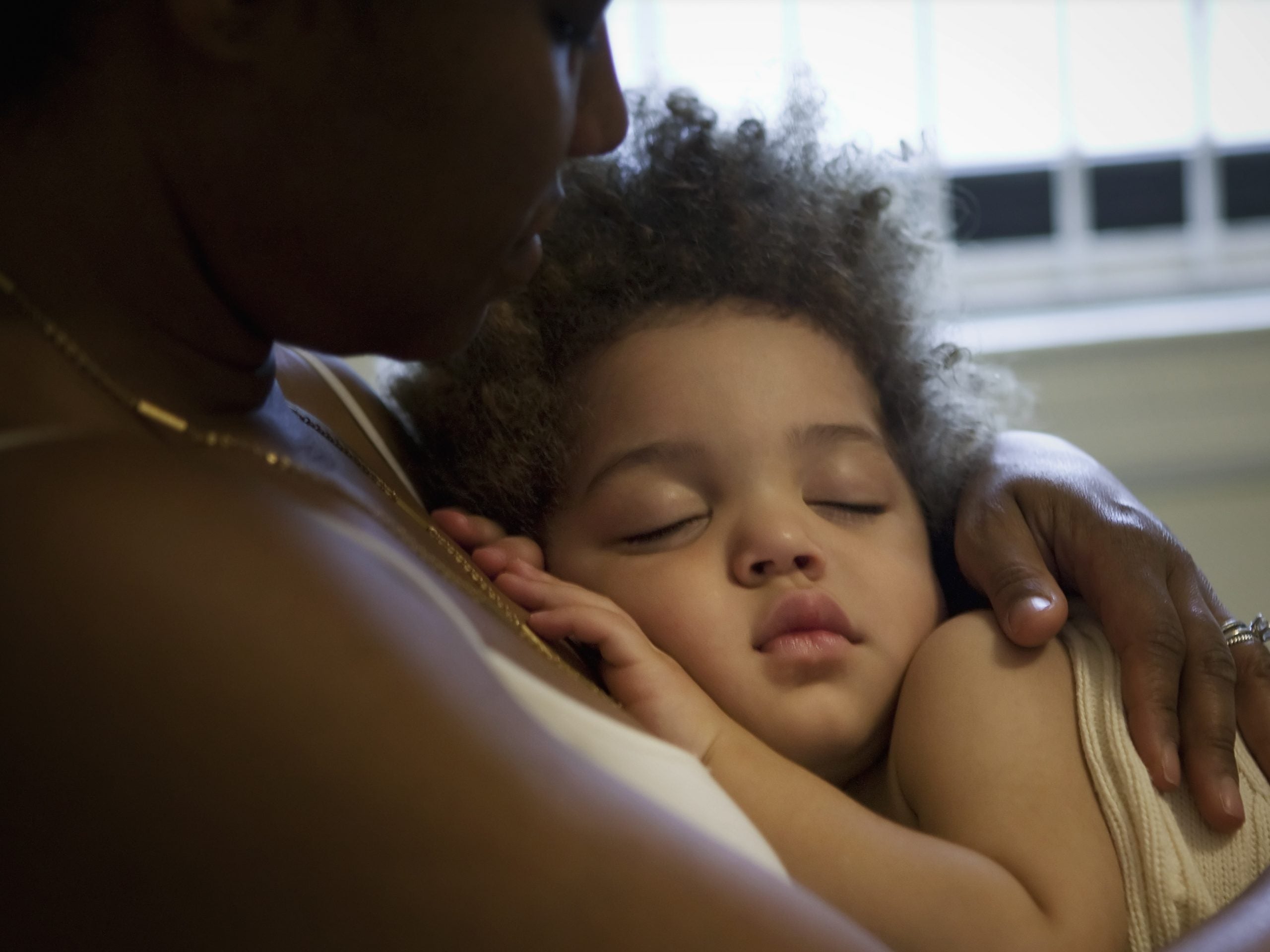
For many people in the United States, the holidays are a time of celebration centered around food and drink. Yet for millions of others in this country, food insecurity makes the season far less festive.
In fact, one in five Black women (20.1%) and one in six Latinas (16.5%) reported not having enough to eat in the past few months. That analysis comes from the National Women’s Law Center (NWLC), which used U.S. Census Bureau data to examine women of color and food insecurity.
Since April 2020, about 24.7 million people (more than 1 in 10) reported not having had enough food to eat in the prior week, NWLC experts revealed. Black, non-Hispanic women and Latinas were more likely than white men or women to experience food insufficiency.
The pandemic is a major factor in these numbers. Since February, the economy has seen a net loss of more than 9.8 million jobs; women account for 53.6 percent of those losses. Among unemployed women ages 16 and over, 37 percent had been out of work for 6 months or more, including Black women (36.2%), Latinas (36.9 %) and Asian women (44.9%).
“It’s unconscionable for Congress to take its time coming to a recovery deal while millions of women enter the holiday season unsure where they’ll find their next meal,” said Amy Matsui, Director of Income Security for NWLC. “We cannot accept this level of suffering as inevitable when we know nutrition assistance [is] possible if Washington acts.”
Negotiations have dragged on for months between Democrats, Republicans and the White House about another stimulus package amid COVID-19. Earlier this month, a bipartisan group of Senate and House members agreed in principle on a $900-plus billion emergency relief proposal.
“Families all over the country are nearing a point of desperation, unable to put food on the table, a roof over their children’s heads,” Senate Democratic Leader Chuck Schumer (D-NY) said in a speech recently on the Senate floor. “We need to deliver an emergency relief package to keep American families, workers, and businesses afloat until the crisis finally begins to subside.”
Feeding America, a national network of 200 food banks, 60,000 food pantries and meal programs—projects that 1 in 6 people could face food insecurity this year due to the pandemic.
“Hunger doesn’t take a break during the holidays, and millions of our neighbors may struggle to put food on the table this month and beyond,” said Lauren Biedron, vice president of corporate partnerships at Feeding America in a statement.
From nonprofits to celebrities such as Russell Wilson and Ciara (the couple’s `Why Not You Foundation and his “Let Russ Cook” aprons will help United Way feed families), advocates are standing in the gap to help address food insecurity this holiday and beyond.
In the nation’s capital, the Far Southeast Family Strengthening Collaborative provides groceries to families as part of a pilot program each Friday. Their staff has distributed more than 25,000 meals to people since the pandemic began, as well as grocery store gift cards.
In New York City, Robin Hood is a major poverty-fighting organization which supports more than 600 nonprofits that are on the front lines tackling social issues.
Among the groups they’ve worked with over the years is the New York Foundling, which dates back to 1869. Amid covid, they’ve been providing food pantry meals to dozens of families via its Staten Island Community Partnership program.
“For Black and Latinx New Yorkers and immigrant populations, these disparities are not new. Over the past four years, half of the entire city lived in poverty for at least a year,” said Wes Moore, CEO of Robin Hood in a statement. “We need federal action to increase food aid so that families don’t have to choose between paying rent and putting food on the table.”
For the first time, the global humanitarian organization CARE is focused on the U.S with its CARE Package Relief program to provide meals and other essentials. They’re operating in Louisville, Houston, Atlanta, Akron and the San Francisco Bay Area, and have already delivered more than 1 million meals.
The Women’s Earth Alliance (WEA) based in Berkeley, California has supported some 7,000 women farmers across the world. Here in the U.S., WEA Alliance Leaders have pushed to improve healthy food access in St. Louis, and bolster food security in Virginia, among other efforts.
The economic effects of COVID-19 and school closures have also led to an unprecedented level of food insecurity for America’s children. According to The Brookings Institution, 14 million kids don’t have enough to eat, and 3 in 10 Black and Latinx youth are facing food insecurity—double the rate of white families.
FoodCorps works in the school food space to connect children to healthy food, even during remote learning.
Congress and the USDA have extended free school meals for students through the end of the school year. FoodCorps is helping to ensure children have access to nutritious food as the country grapples with the ongoing pandemic.
Janya Green, 17, grew up on her family’s farm in rural Georgia. Around age 11, she became active with the National 4-H Council, a youth development organization. Encouraged by her mentor, she started a community garden aiming to combat food insecurity and nutrition-related diseases.
Today, the Fort Valley State University 4-H Village Community Garden fills 2.5 acres and provides more than a ton of produce, serving 3,000 households in the community annually.
Back in January, Green won the 2020 4-H Youth in Action Pillar Award for Agriculture, receiving a $5,000 scholarship sponsored by Bayer. She participated in a cooking demo with celebrity chef Carla Hall during Al Gore’s climate summit earlier this year, and was recently selected to participate in the United Nations Food Systems Summit 2021.
“I just want to help people,” Green said in a video highlighting her story.